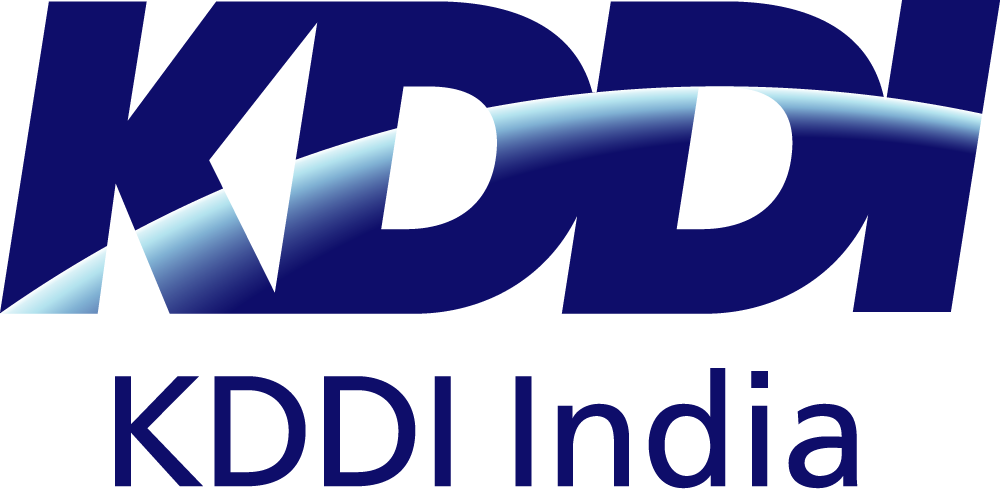Integrating cloud computing services with IoT has a number of benefits, including:
- Scalability and Flexibility
Combining IoT with cloud technology offers a big advantage in terms of scalability and flexibility for IT infrastructure. The modern business landscape involves extensive data generation through IoT devices, necessitating a robust system to efficiently manage this data without causing any interruptions or downtime. Cloud solutions enable businesses to rapidly scale resources up or down, based on their requirements. This approach provides enhanced flexibility, allowing easy access to data and applications from any location. Employing the "as-a-service" model (IaaS, PaaS, SaaS) facilitates easy access to software tools and services.
Merging the Internet of Things with cloud computing is also very cost-effective, resulting in substantial savings for any business. By integrating cloud-based solutions, businesses can significantly decrease infrastructure costs without any compromise on access to scalable data storage and analytics capabilities. This cost-efficient approach involves lower investment expenses and better operational efficiency through automated workflows.
An important concern in today’s digital landscape is securing one’s data. The integration of IoT technology with the cloud helps fortify data security. Cloud security services safeguard valuable data from unauthorised access or hacking attempts through measures such as encryption protocols, multi-factor authentication, and role-based access control policies.
- Better Performance and Reliability
Performance and reliability are also greatly improved with the integration of IoT and cloud computing. This incorporation enables faster access to real-time data, which provides accurate insights for informed decision-making. For example, in the logistics sector, IoT sensors can track goods in transit, requiring fast and reliable connectivity for the uninterrupted transmission of accurate data. Cloud computing, with its massive storage capacity and high-speed data access, ensures the availability of information when needed.
The integration of Cloud Computing and IoT is slowly becoming an essential tool for businesses that want to optimise data storage, administration, security and other functions. As IoT continues to expand, cloud computing provides the necessary foundation to support its growth and ensure seamless functionality.











